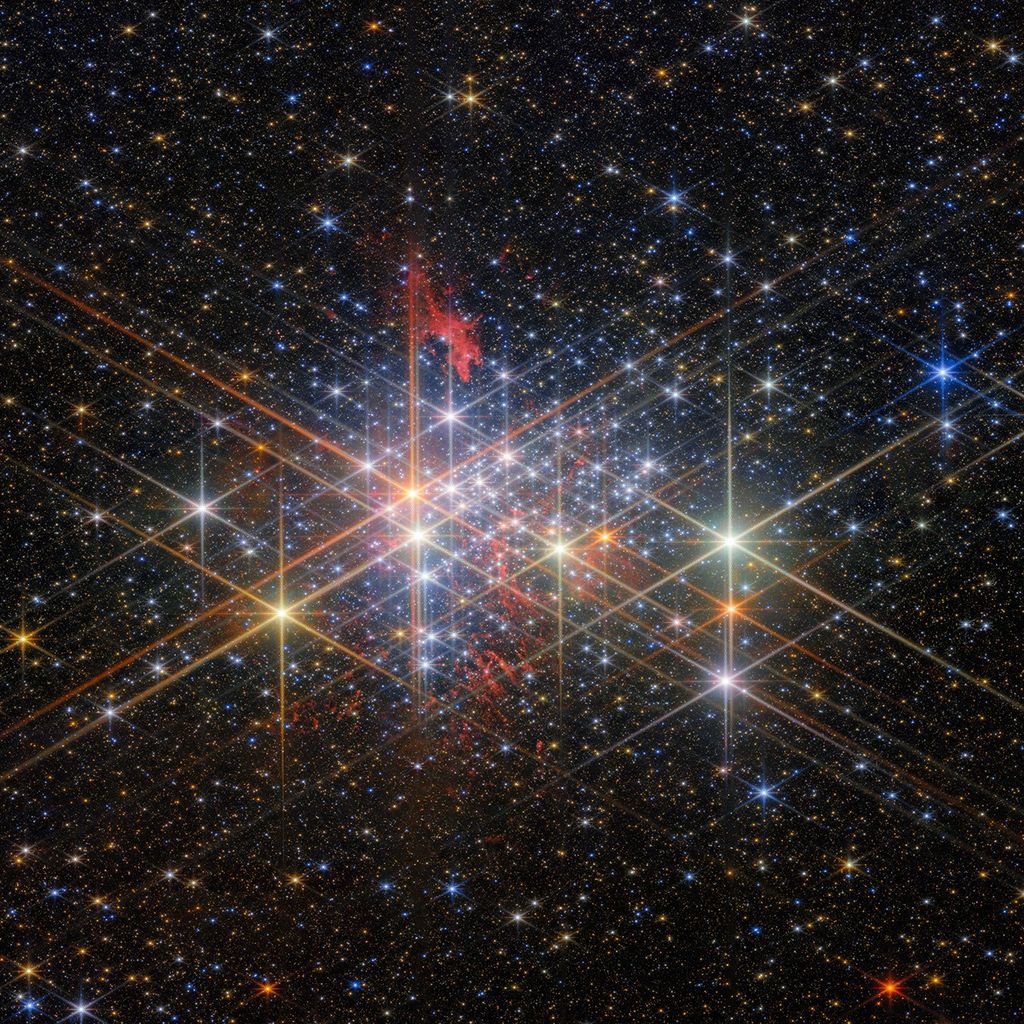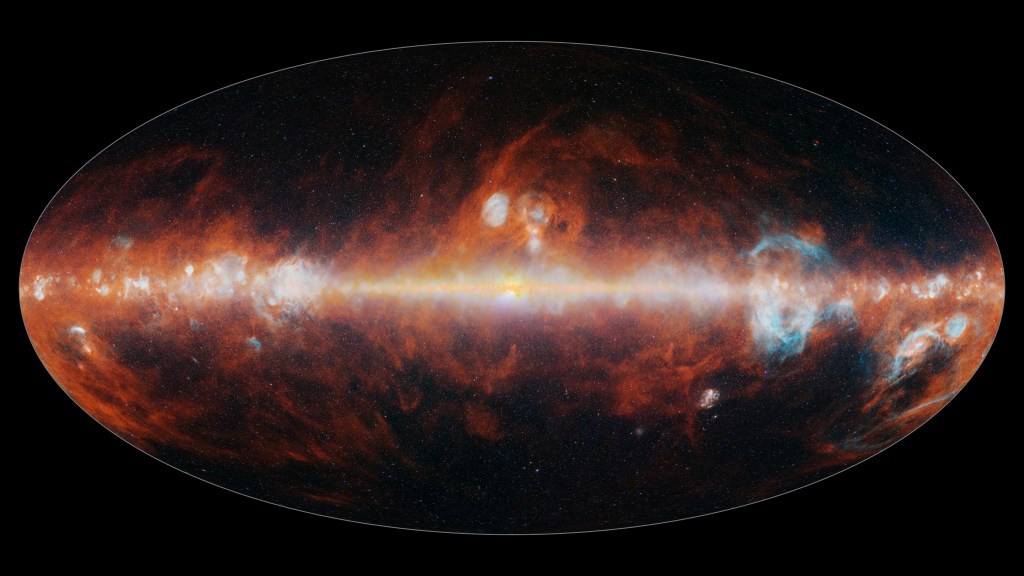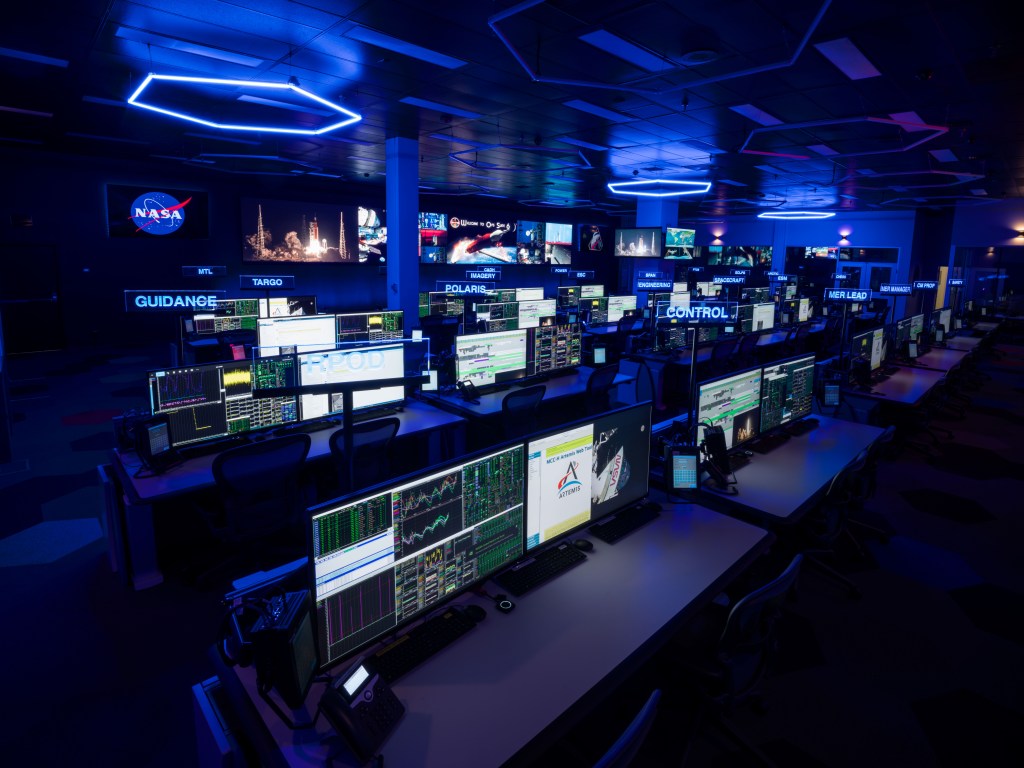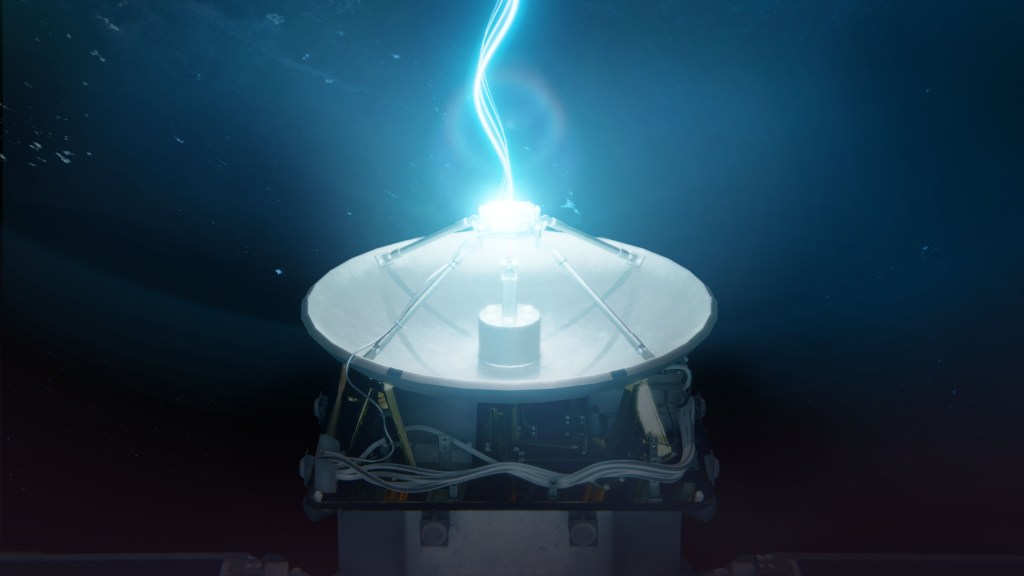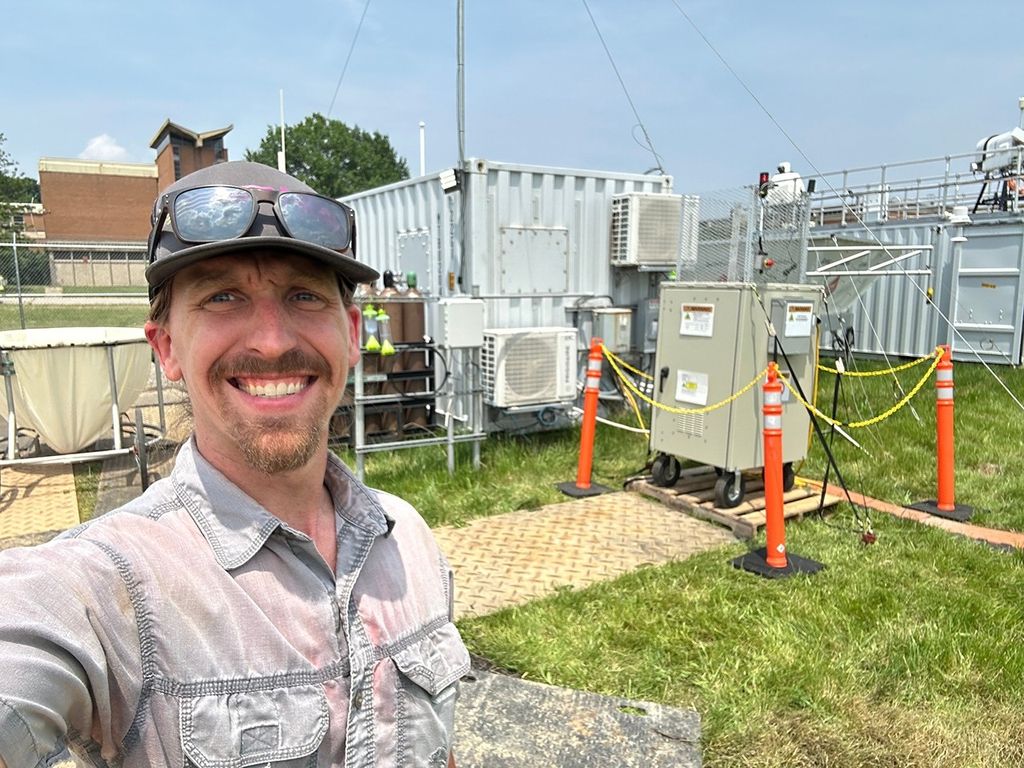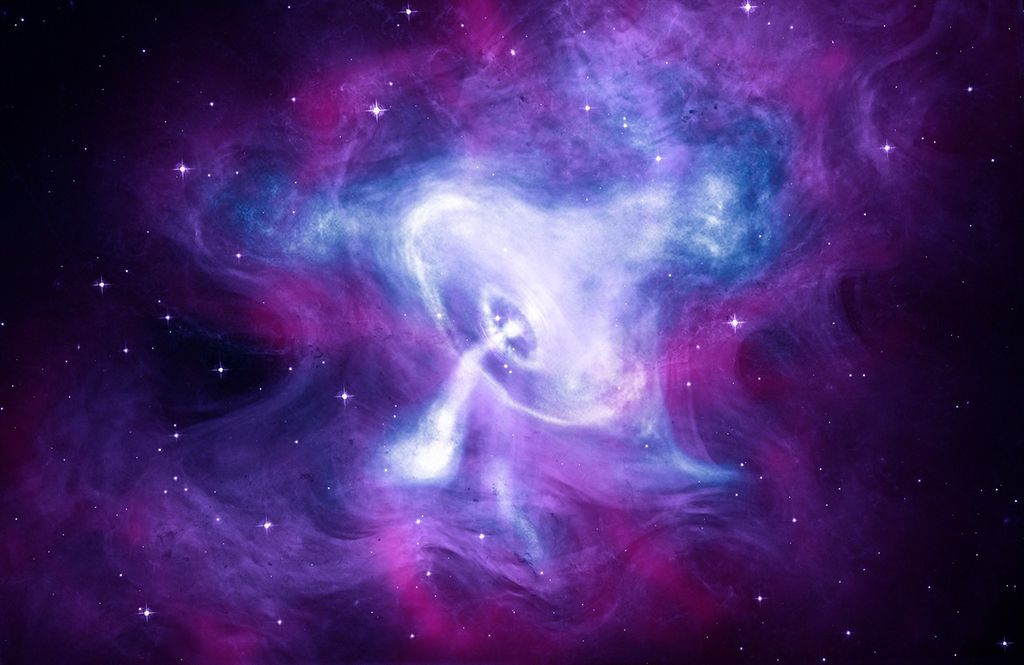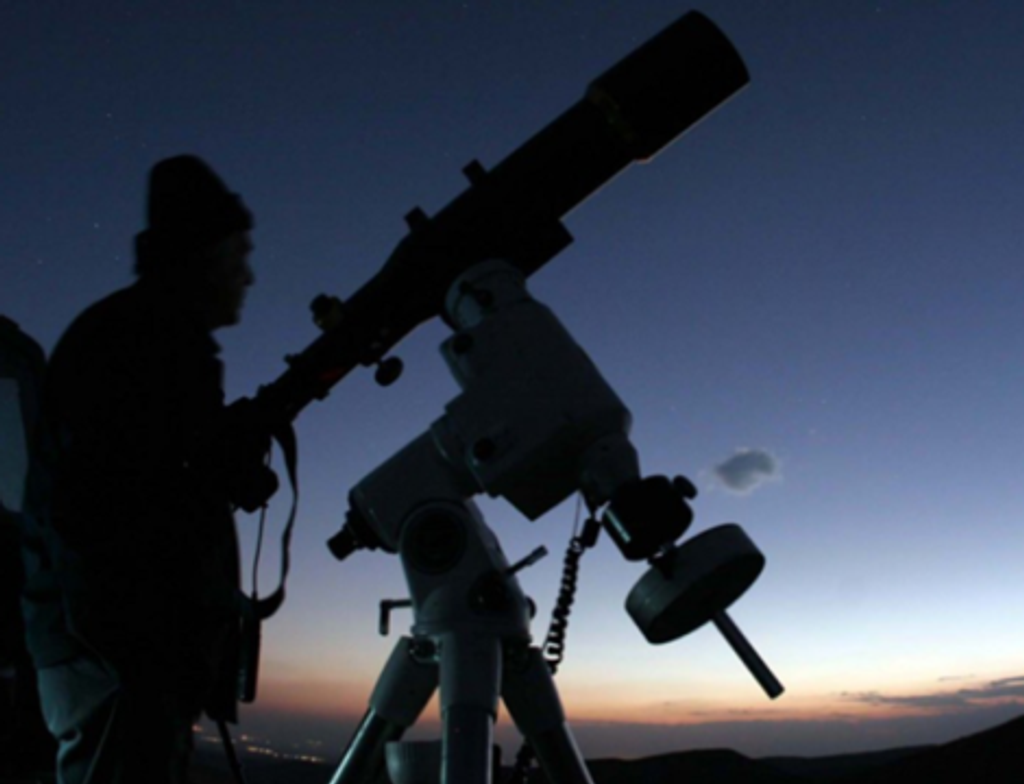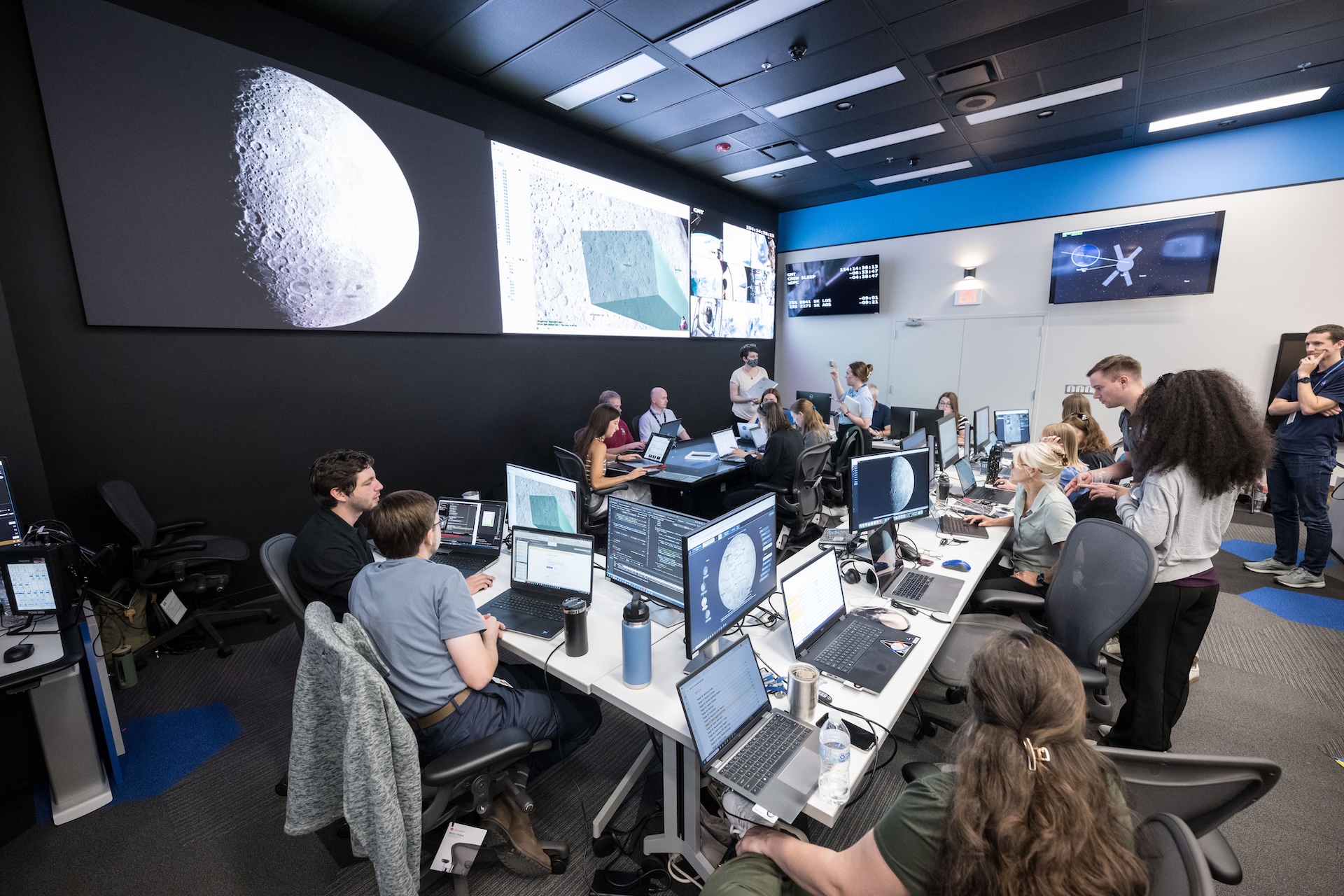NASA’s Artemis Science Team Inaugurates Flight Control Room
In early June, NASA’s Artemis II lunar science team ran a mission simulation for the first time in the newly completed Science Evaluation Room (SER) at the agency’s Johnson Space Center in Houston. The team of scientists used the simulation to test how they will work together to lead lunar science activities during Artemis II and future crewed missions to the Moon.
The inaugural simulation marked a major milestone for Artemis science operations. Located in the Christopher C. Kraft Jr. Mission Control Center, the SER supports the mission’s main flight control room for lunar science and planetary observations. Built specifically for Artemis missions with these science priorities in mind, the SER is equipped to support rapid data interpretation, collaborative analysis, real-time decision making, and seamless coordination between the science and operations teams.
“Embedding science directly into the mission operations environment ensures NASA can maximize Artemis discoveries,” said Kelsey Young, NASA’s Artemis II lunar science lead and lead science officer at the agency’s Goddard Space Flight Center in Greenbelt, Maryland. “Seeing the SER and collaborative teams function so beautifully after years of planning and testing makes me even more excited for the science we will accomplish when we return to the Moon.”
Artemis II astronauts will observe the Moon during their 10-day mission around the Moon and back, taking photographs and verbally recording what they see. Their observations will support science objectives and provide data for potential landing sites for future Moon missions.
While the team has run previous simulations, this was the first time they focused on lunar science and planetary observations in the actual rooms they will use during Artemis missions. This gave them the opportunity to test technologies, processes, and the setup of the science support rooms in a real-world scenario. The science team tested processes for prioritizing imaging targets, creating a timeline for observations, and processing incoming data in real time.
The SER’s innovative layout is designed to enhance collaboration and decision making. A large touchscreen table sits front and center in the room as the home base for the scrum team, a small group of scientists focused on making sure specific science objectives are met. Surrounding the scrum in a U-shape is the “trench,” home to experts in data visualization, geography, crew imagery, and timeline management. Behind the trench is a row for science operations support team leadership. First is the SER lead, who manages the activities of the room. Next is the SER Com, the sole person who communicates out of the room to the Science Officer in the Flight Control Room of Mission Control. Additional stations support the Crew Lunar Observations team and IT asset management.
Beyond its technical capabilities, the SER also incorporates visual design elements meant to inspire. A bold blue line near the ceiling symbolizes Earth, while the room’s carpeting – patterned in gray, blue, and red – depicts a two-dimensional projection of the crystalline structure of anorthite, the Moon’s dominant mineral. Together, they give the sensation of standing on the Moon while looking back at Earth.
Through Artemis, NASA will send astronauts to explore the Moon for scientific discovery, economic benefits, and build the foundation for the first crewed missions to Mars.


